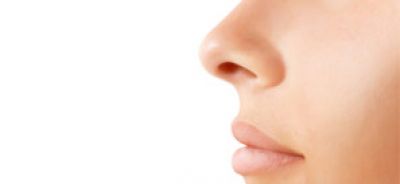Nose
Rhinoplasty, or nose reshaping surgery, alters the size and shape of the nose for both aesthetic and medical reasons. In some cases, nasal deformities can cause breathing difficulties or frequent headaches.
This procedure is only recommended once facial growth is complete, typically around the age of 18.
There is no upper age limit for rhinoplasty. Many patients seek this surgery later in life, especially if the shape of the nose has changed over time due to reduced cartilage elasticity.
Ideally, the nose should sit proportionally between two vertical lines drawn from the inner corners of the eyes. The nasal base should be straight in the center, with its width aligned with the inner eye corners.
A rhinoplasty can involve various modifications, such as refining the nasal tip, reducing the overall size, straightening the nose, removing a bump, or adjusting the angle between the nose and upper lip. Several of these adjustments can be performed during a single procedure.
Due to the nose’s intricate anatomy, rhinoplasty is considered a technically delicate operation.
It is important to consider the potential impact on one’s overall facial harmony and self-confidence. In some cases, patients who feel their nose is too prominent may actually benefit more from a chin implant, as it helps to balance facial proportions.


